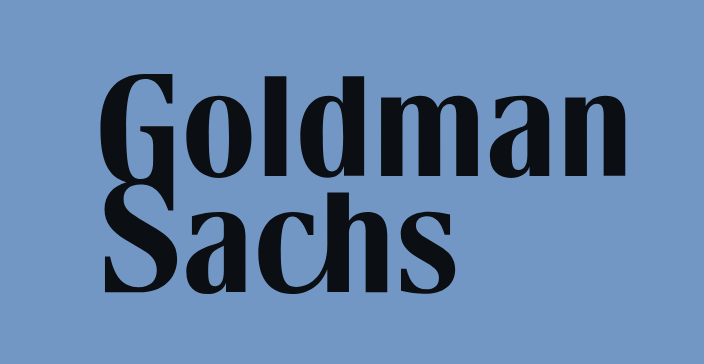European reinsurers experience ROE improvement: Goldman Sachs
- August 7, 2025
- Posted by: Kassandra Jimenez-Sanchez
- Category: Insurance

Following strong returns in 2023 and 2024, return on equity (ROE) has improved for the European reinsurance sector, which has now exceeded cost of equity in three of the last four years, according to Goldman Sachs.
Prior to 2023 and 2024, the reinsurance industry had only covered its cost of equity in two years between 2017 and 2022. Returns were coming in materially below cost of equity in 2017, 2018, 2020 and 2022.
Some of this was driven by large loss volatility, including hurricanes Irma, Harvey and Maria in 2017, and Hurricane Ian in 2022. However, they were not the sole contributors to the sector’s challenges.
Underlying factors such as an increase in natural catastrophe losses (excluding major events), rising secondary peril losses, US social inflation impacting casualty losses, and a steady increase in industry capital levels up to 2021 also played significant roles.
Reinsurance rates began to increase in 2017 in response to many of these trends, but remained below loss cost trends.
Hurricane Ian in 2022 was the catalyst for material rate increases, Goldman Sachs highlighted, also coinciding with a sharp increase in interest rates which led to a reduction in industry capital levels.
The rate increases led to improved combined ratios as the reinsurers also focused on increasing attachment points and pivoting away from proportional business, in an effort to reduce frequency-style exposure.
Furthermore, reinsurers have also leveraged the hard market to opportunistically build reserve resiliency. For example, Swiss Re’s $3.1 billion increase in US liability reserves, Scor’s €300 million-plus strengthening of P&C Re reserves in 2024, and Hannover Re’s increase in its resiliency reserve to approximately €2.0 billion. Munich Re also augmented its reserves, showcasing a broader industry trend of proactive risk management.
Munich Re increased its reserves by c.€0.9bn in 4Q23 and also undertook further new business reserve strengthening in 4Q24.
The ROE for the reinsurer sector has now exceeded the cost of equity in three of the past four years, due to strong returns in 2023 and 2024 from repositioning reinsurers’ books.
This is despite elevated insured industry losses and building resiliency, analysts noted. Scor was the exception in 2024; its ROE remained under pressure due to the reserving action taken on its L&H Re book.
The January 2025 renewals witnessed a 0%-2% decline in risk-adjusted pricing, the first such decrease since 2017. This was due to strong reinsurer returns, increased frequency loss activity absorbed by primary companies, and greater capital availability.
Scor experienced relatively flat pricing due to lower retro pricing, while Hannover Re saw a 2.1% decrease. Although potential California wildfire losses could influence mid-year renewals, current projections suggest that the P&C margin cycle has peaked.
Notably, Scor’s ROE remained under pressure in 2024 due to reserving actions on its L&H Re book, highlighting the sector’s varied experiences.
This website states: The content on this site is sourced from the internet. If there is any infringement, please contact us and we will handle it promptly.



